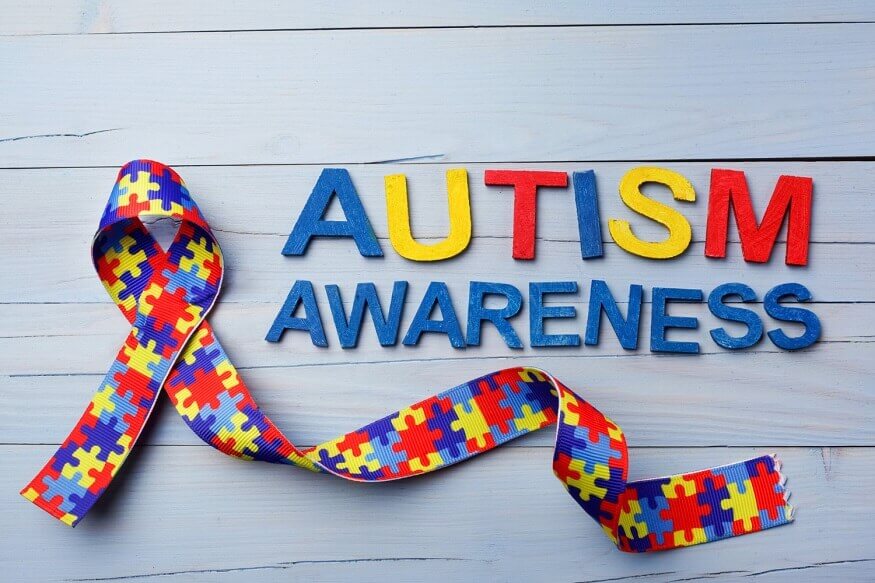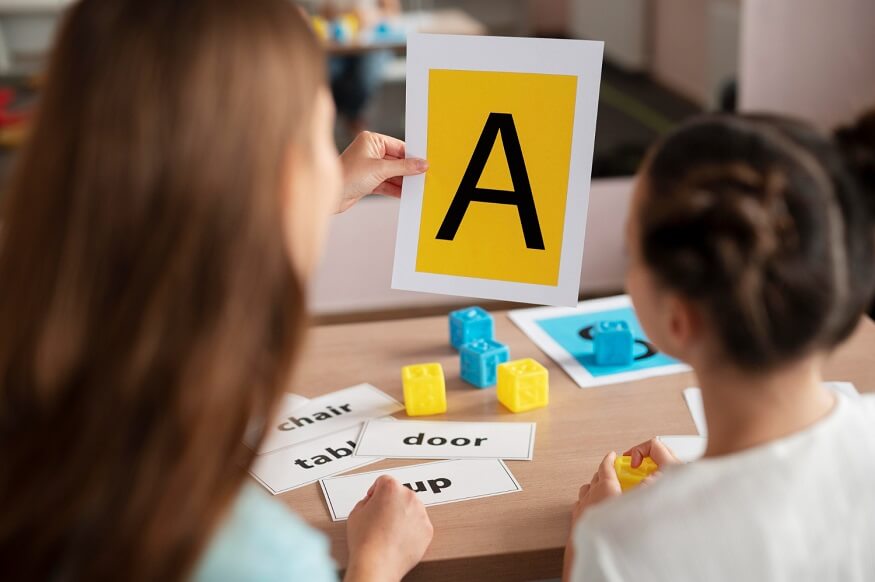Water is a critical resource contributing vastly to the planet’s sustenance and biodiversity. Ironically, despite its importance, many individuals, especially children, are not aware of the importance of saving water, leading to wasteful habits.
There is a need to enhance water awareness among kids to nurture responsible global citizens. Children are the future custodians of the environment. When instilled with values of water conservation at a young age, children not only adopt healthier habits but also influence the behaviour of people around them, inciting a ripple effect of conservation.
Sustainable use of water has an impact on the energy footprint, wildlife, and environment, ultimately affecting climate change and schools and parents play a pivotal role in teaching children about saving water.
In this blog, we will discuss effective strategies to teach kids to save water.
Also Read: Nature Conservation Importance and Tips
1) Educate
The first step to teaching children about water conservation is ensuring they understand why it is essential.
Explain that freshwater is a limited resource, providing them with relatable scenarios about how water scarcity can affect daily life. Highlight the uses of water, underscoring the fact that it is fundamental to our survival and a vital component for most human activities.
2) Making Water Conservation Fun
Teaching children about water conservation does not have to be dull or monotonous. Developing engaging activities like constructing DIY rainwater harvesting models, hosting water conservation-themed competitions, or introducing water-efficient gardening can make learning interactive and fun.
Parents and teachers can create water-related puzzles, and quizzes, or organise scavenger hunts that teach them about the water cycle, the importance of clean water, and the impact of wasting water.
Throw some water-saving challenges at home for kids to work on. Set goals for reducing water usage at home daily and track progress together.
3) Implementing Visual Aids
Pictures, cartoons, and storybooks can effectively communicate dry statistical information and complex concepts about water conservation to children. Visual aids help to create mental imagery which aids in comprehension and retention of knowledge.
For example, show kids how much water is wasted in their daily morning routine. Right from brushing their teeth with the tap running to taking a shower. Compare this to using a bucket or a cup of water. This visual lesson can leave a lasting impression.
Also Read: The Importance of Environmental Education
4) Teaching By Example
Children learn best through observation. By incorporating water-saving habits into our daily routines, children are more likely to emulate these behaviours. For example, simple practices like turning off water taps while brushing, washing hands, or washing dishes, increasing the usage of recycled water, and avoiding unnecessary use of washing machines or dishwashers have a profound impact on water conservation.
By using water sparingly, resolving leaks promptly, and managing water-related chores efficiently, you show children that conserving water is not merely a concept but a day-to-day practice.
5) Set up rainwater harvesting
Set up a rainwater harvesting system at home or school. Introduce the concept and the design to students and educate them on how the water can be reused for day-to-day activities such as flushing toilets, gardening or cleaning.
Involve your child in installing water-efficient fixtures and appliances to understand their advantages and overall savings.
6) Go on explorations
Take children for nature walks, bird-watching expeditions or on an exploration of lakes, rivers, ponds and any nearby water bodies. This would give them first-hand experience of the role water plays in the natural ecosystem and they develop a far greater appreciation for water conversation.
7) Participation in events and community engagements
Participating in local and virtual conservation events as a family can deepen your child’s appreciation of the community effort required to conserve resources.
Volunteering in waterbody cleanup or restoration activities can offer experiential learning which surpasses theoretical understanding.
Collaborate with local NGOs, water experts, or government agencies to arrange guest lectures, field trips, or workshops that provide children with real-world insights into water conservation.
Also Read: Ways to teach Biodiversity to Kids
8) Water conservation Art projects
Encourage kids to express their understanding of water conservation through art projects. Kids can organise awareness campaigns online or within their local community by creating posters, or videos that convey the importance of saving water and its impact on the planet.
By doing so, children learn to take responsibility and become advocates for water conservation within their families, schools, and communities. Doing so will also help them influence others to adopt water-saving practices and participate in collective efforts to address water scarcity.
9) Involve them in gardening
Involve children in gardening and plant care. Teach them how to maintain a garden by understanding the water needs of different species of plants. Set up alternate sources of water supply along with them to water the garden. Help them understand the concept of drip irrigation, mulching and harvesting rainwater to water plants.
10) Involvement of School
Schools play an important role in instilling good habits among students and modelling sustainable practices. To teach kids to save water, schools can, for instance, incorporate water conservation into their curriculum, promote recycling, and implement water-efficient practices in school facilities.
Field visits to local water treatment facilities or watershed management departments could also be an insightful learning experience about the lifecycle of water and the importance of water conservation.
Also Read: Educational Field Trips for Students: Definition and Benefits
Conclusion
Water is an indispensable part of our lives and we need to raise the next generation to respect, preserve, and cherish this precious resource. The World Bank projects that water scarcity, exacerbated by climate change, could cost some regions up to 6% of their GDP, moving millions of people into extreme poverty by 2050 (World Bank, 2016). Hence, by encouraging children to participate in conservation practices, we are enabling children to contribute to a more sustainable and environmentally conscious planet.
Through various initiatives at EuroSchool, we equip children with the knowledge and tools to become future caretakers of our environment. Beyond merely understanding the value of water, children must practise water-saving habits in their daily routines which contribute actively to a more sustainable world. As schools and parents’ partners in this mission, we believe we can foster a generation that values every drop and works towards a greener, water-conservative future.










